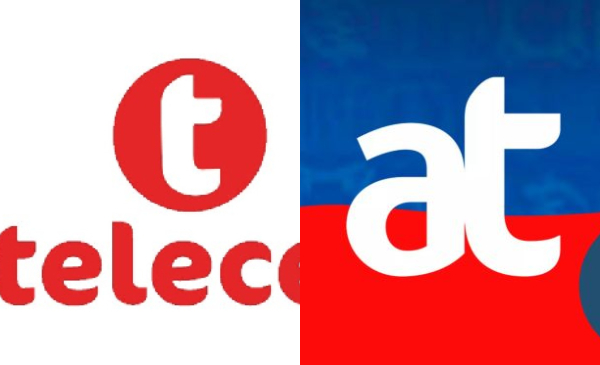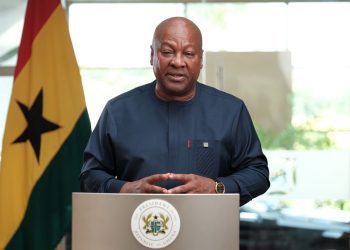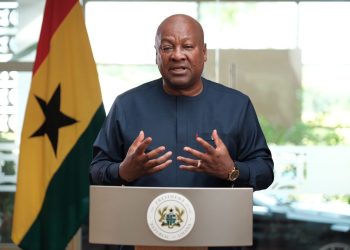In a bid to salvage Ghana’s struggling telecommunications operator, Communications, Digital Technology and Innovations Minister Samuel Nartey George has announced government plans to merge AT Ghana (formerly AirtelTigo) with Telecel Ghana.
The move, prompted by AT’s mounting losses, is designed to streamline operations, cut costs, and safeguard jobs.
According to the Minister, the proposed merger represents a pivotal step in Ghana’s telecom sector—transforming financial liabilities into strategic opportunities.
By securing employment, consolidating infrastructure, and paving the way for substantial investment, the government aims to build a leaner, more competitive operator that better serves Ghanaians.
AT Ghana has recorded over US$10 million in losses in just the first eight months of 2025. Minister George stressed that such heavy losses cannot continue to be subsidised with taxpayer funds that are needed for critical infrastructure such as roads, water systems, and schools.
A central assurance from the Minister is the protection of all 300 permanent AT staff. Employees have been told there will be no need to reapply for their roles—their existing contracts will continue, unless they choose to leave voluntarily.

Highlighting inefficiencies in maintaining two overlapping telecom networks on the same infrastructure, he explained, “This is not a re-application process. It is a continuation of your contracts. Everyone of you will be absorbed, unless you personally choose to leave.”
He further emphasised, “It makes no sense for two networks to operate separately on the same tower, both paying twice while both struggle. A merger is the smart and sustainable choice.”
So far, more than 3.2 million AT subscribers have already migrated to Telecel’s network under a national roaming arrangement, with a reported 98% success rate.
Looking ahead, the merged entity is projected to attract approximately US$600 million in investments over the next four years.
The funding will come from a mix of government-backed spectrum sales and co-investments from Telecel and strategic partners, aimed at strengthening the company’s long-term viability.











